how to get array of polyline coordinates from google.maps.Circle's object

there is no api doc entry about that
how to get array of polyline coordinates from google.maps.Circle's object

there is no api doc entry about that
A google.maps.Circle doesn't contain an array of coordinates. If you want a google.maps.Polygon that is shaped like a circle, you need to make one.
function drawCircle(point, radius, dir) {
var d2r = Math.PI / 180; // degrees to radians
var r2d = 180 / Math.PI; // radians to degrees
var earthsradius = 3963; // 3963 is the radius of the earth in miles
var points = 32;
// find the raidus in lat/lon
var rlat = (radius / earthsradius) * r2d;
var rlng = rlat / Math.cos(point.lat() * d2r);
var extp = new Array();
if (dir==1) {
var start=0;
var end=points+1; // one extra here makes sure we connect the path
} else {
var start=points+1;
var end=0;
}
for (var i=start; (dir==1 ? i < end : i > end); i=i+dir)
{
var theta = Math.PI * (i / (points/2));
ey = point.lng() + (rlng * Math.cos(theta)); // center a + radius x * cos(theta)
ex = point.lat() + (rlat * Math.sin(theta)); // center b + radius y * sin(theta)
extp.push(new google.maps.LatLng(ex, ey));
}
return extp;
}
var circle = new google.maps.Polygon({
map: map,
paths: [drawCircle(new google.maps.LatLng(-33.9,151.2), 100, 1)],
strokeColor: "#0000FF",
strokeOpacity: 0.8,
strokeWeight: 2,
fillColor: "#FF0000",
fillOpacity: 0.35
});
code snippet:
function drawCircle(point, radius, dir) {
var d2r = Math.PI / 180; // degrees to radians
var r2d = 180 / Math.PI; // radians to degrees
var earthsradius = 3963; // 3963 is the radius of the earth in miles
var points = 32;
// find the raidus in lat/lon
var rlat = (radius / earthsradius) * r2d;
var rlng = rlat / Math.cos(point.lat() * d2r);
var extp = new Array();
if (dir == 1) {
var start = 0;
var end = points + 1
} // one extra here makes sure we connect the
else {
var start = points + 1;
var end = 0
}
for (var i = start;
(dir == 1 ? i < end : i > end); i = i + dir) {
var theta = Math.PI * (i / (points / 2));
ey = point.lng() + (rlng * Math.cos(theta)); // center a + radius x * cos(theta)
ex = point.lat() + (rlat * Math.sin(theta)); // center b + radius y * sin(theta)
extp.push(new google.maps.LatLng(ex, ey));
bounds.extend(extp[extp.length - 1]);
}
// alert(extp.length);
return extp;
}
var map = null;
var bounds = null;
function initialize() {
var myOptions = {
zoom: 10,
center: new google.maps.LatLng(-33.9, 151.2),
mapTypeControl: true,
mapTypeControlOptions: {
style: google.maps.MapTypeControlStyle.DROPDOWN_MENU
},
navigationControl: true,
mapTypeId: google.maps.MapTypeId.ROADMAP
}
map = new google.maps.Map(document.getElementById("map_canvas"),
myOptions);
bounds = new google.maps.LatLngBounds();
var donut = new google.maps.Polygon({
paths: [drawCircle(new google.maps.LatLng(-33.9, 151.2), 100, 1),
drawCircle(new google.maps.LatLng(-33.9, 151.2), 50, -1)
],
strokeColor: "#0000FF",
strokeOpacity: 0.8,
strokeWeight: 2,
fillColor: "#FF0000",
fillOpacity: 0.35
});
donut.setMap(map);
map.fitBounds(bounds);
}
google.maps.event.addDomListener(window, 'load', initialize);html,
body,
#map_canvas {
width: 100%;
height: 100%;
padding: 0px;
margin: 0px;
}<script src="https://maps.google.com/maps/api/js?key=AIzaSyCkUOdZ5y7hMm0yrcCQoCvLwzdM6M8s5qk"></script>
<div id="map_canvas"></div>